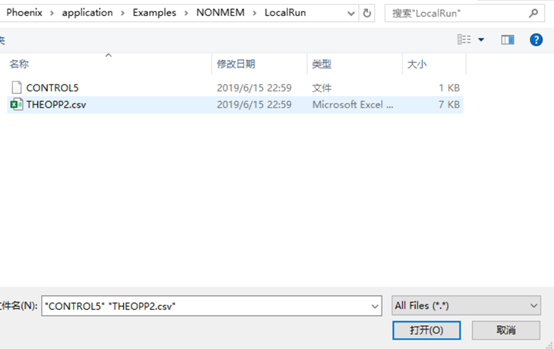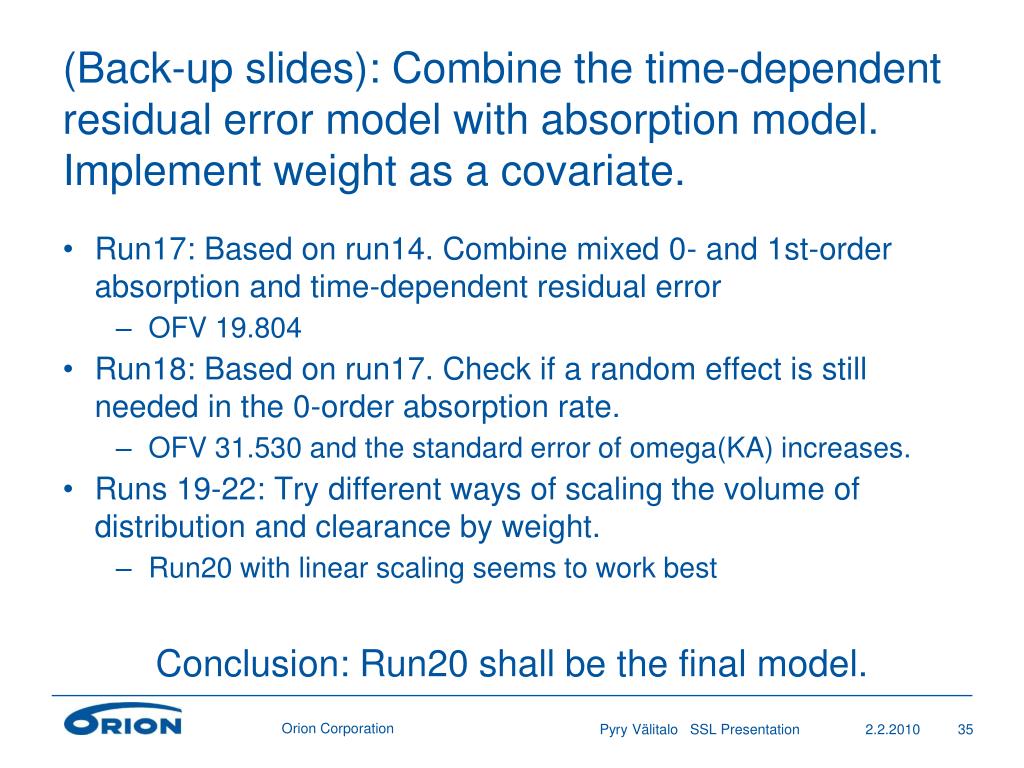



This would greatly improve reproducibility and portability of workflow from one analyst to another and also across quantitative disciplines. It would be ideal to be able to substitute one tool for another in the workflow and carry on with subsequent down-stream activities, with no intervention from the user to activities outside of the workflow. The ideal workflow would be agnostic to the tool used for a given task. This adds an overhead of time and resource into the modelling and simulation process and brings with it the possibility of errors introduced while translating from one implementation to another. Unified workflow agnostic to software tool choice is a good aimĪt present, any time the modeller (or anyone using a given model) needs to transcode the model from one software tool to another, we should ensure that the transcoded model is equivalent to the original before making any new inferences from it. So to dismiss open-source solutions as “irrelevant” may be regarded as a short-sighted view. R is rising in popularity as an analytical engine (often coupled with other technologies). More integration of these tools into pharmacometrics toolset and workflow would benefit many, especially those who cannot get access to NONMEM licenses, yet still may wish to use disease and therapeutic drug models in their work or for predicting outcomes for patients.Ībout 10 years ago, it would have been hard to imagine the case that S-Plus would be thoroughly supplanted by R, to the point where it ceased to be a supported product by the company (Tibco) that bought it from Insightful. saemix, nlmixr, mlxR / simulx, mrgsolve, RxODE, PKPDsim, PFIM, PopED ) and while use of these tools may be limited today, they provide a means for performing the majority of modelling and simulation tasks with no cost to the analyst.

There is a rising number of free, open-source software for nonlinear mixed effects modelling and simulation (e.g.


 0 kommentar(er)
0 kommentar(er)
